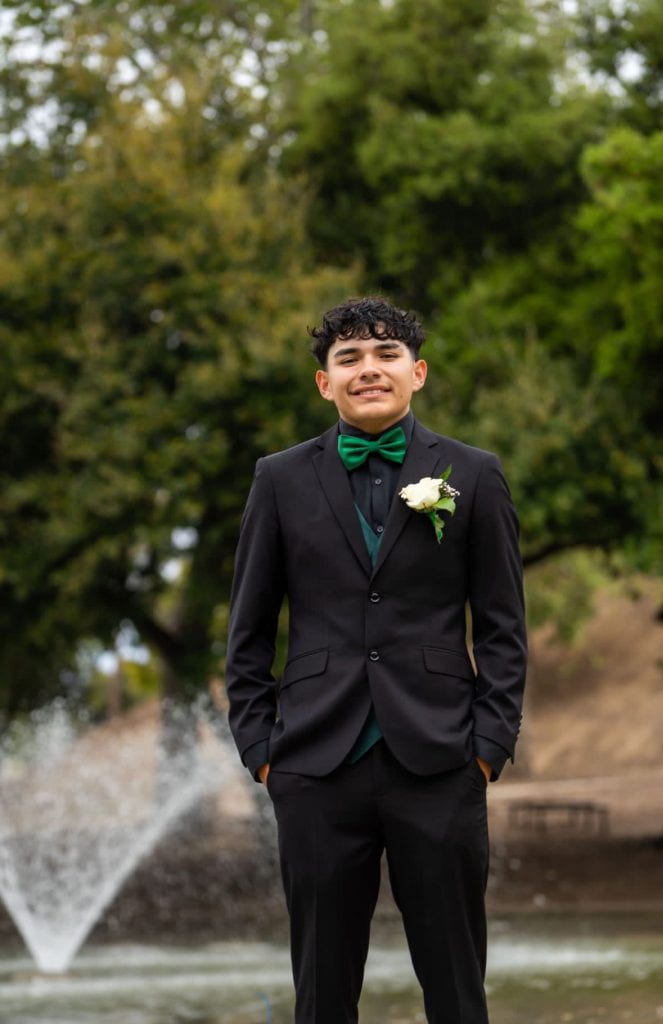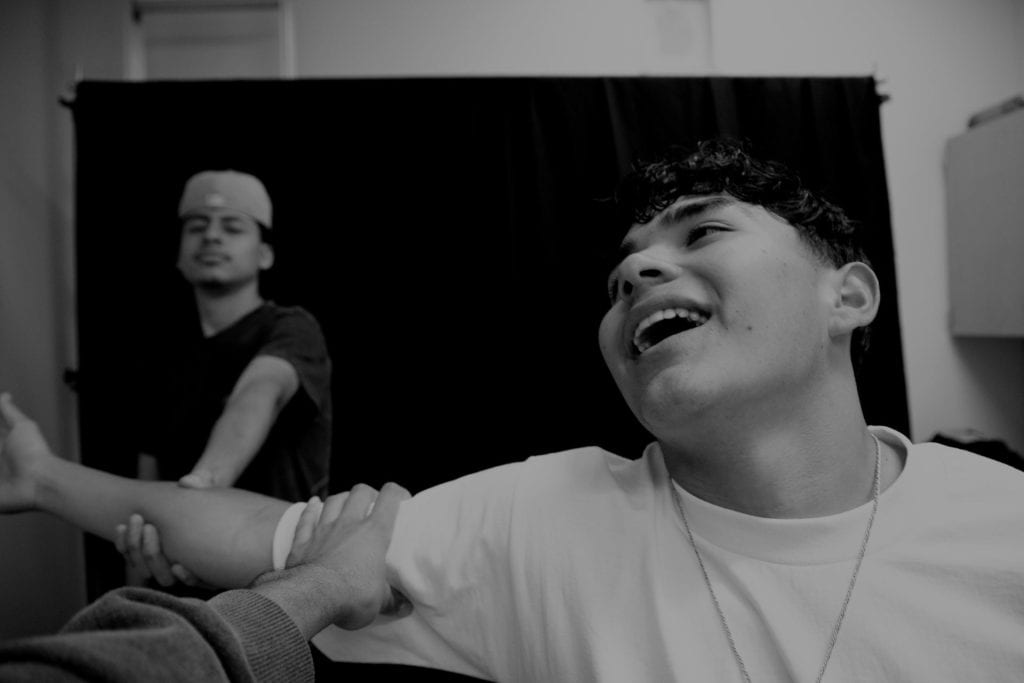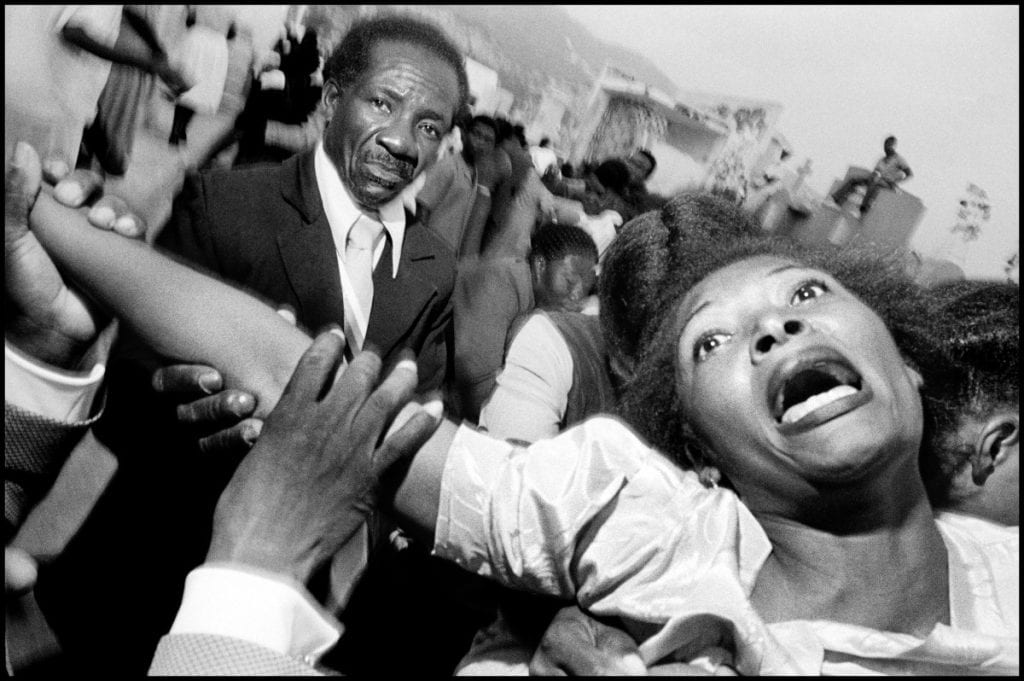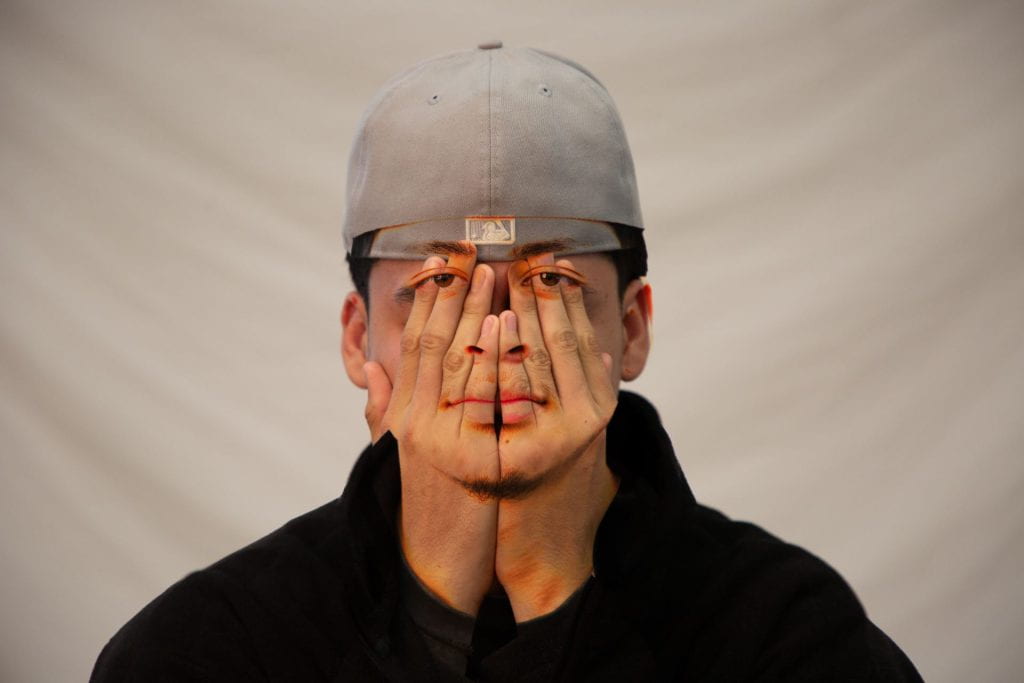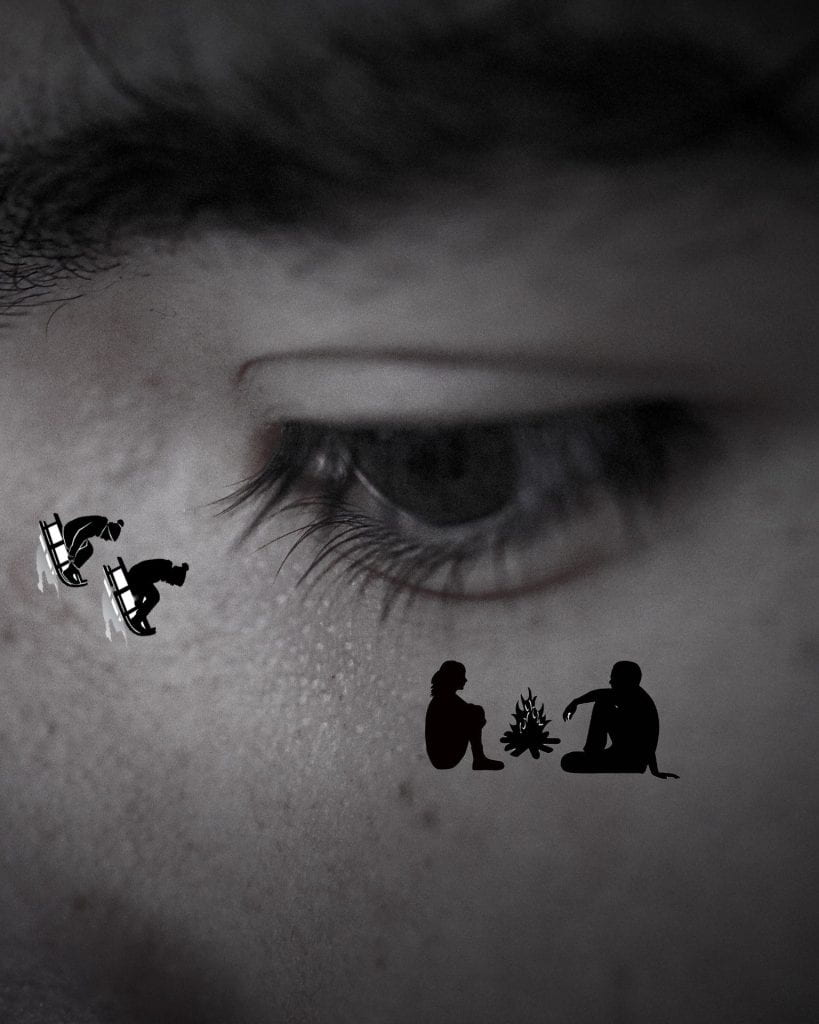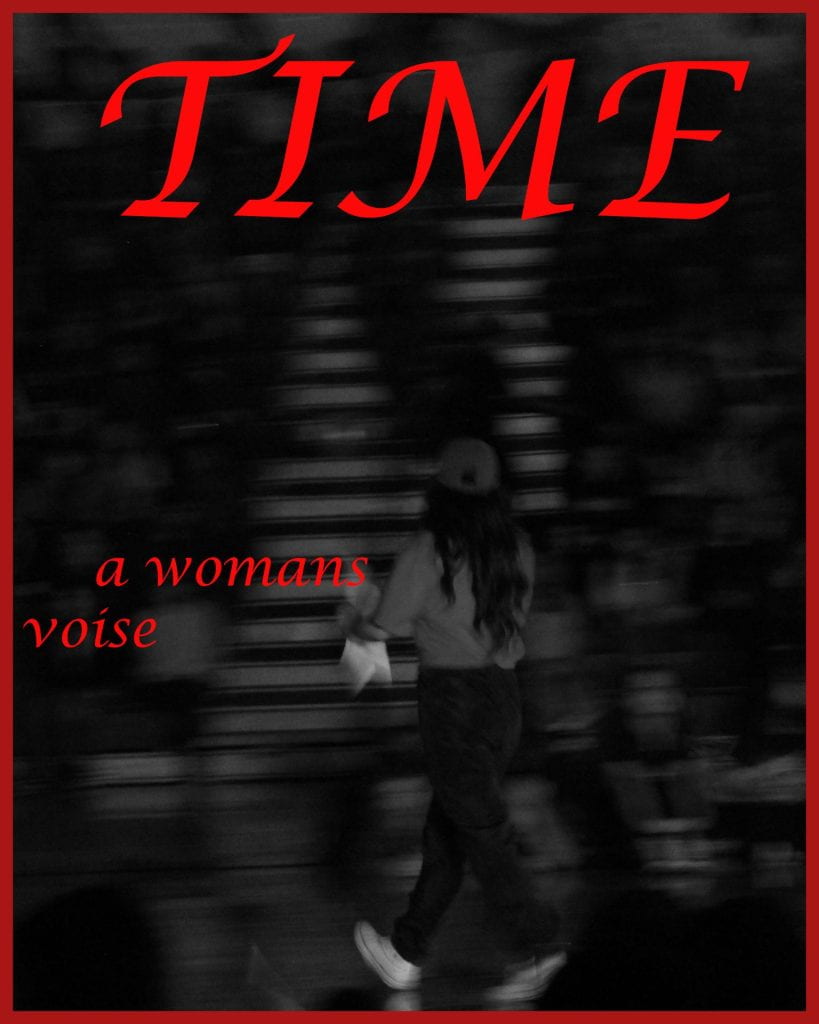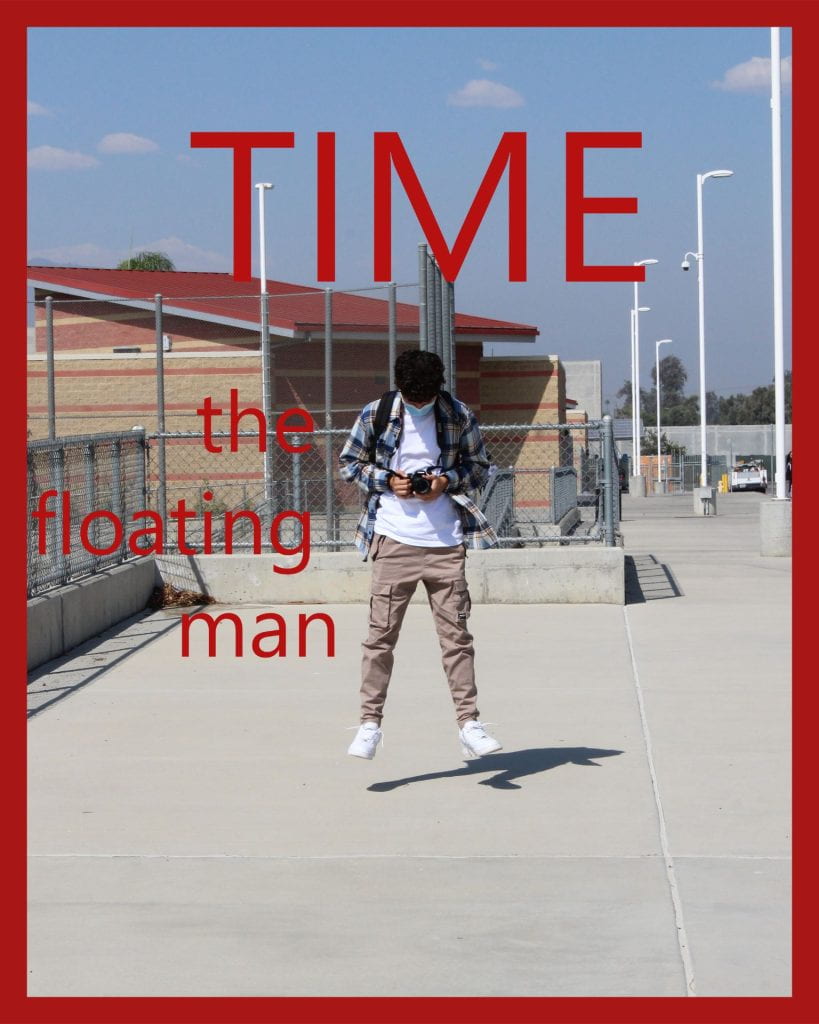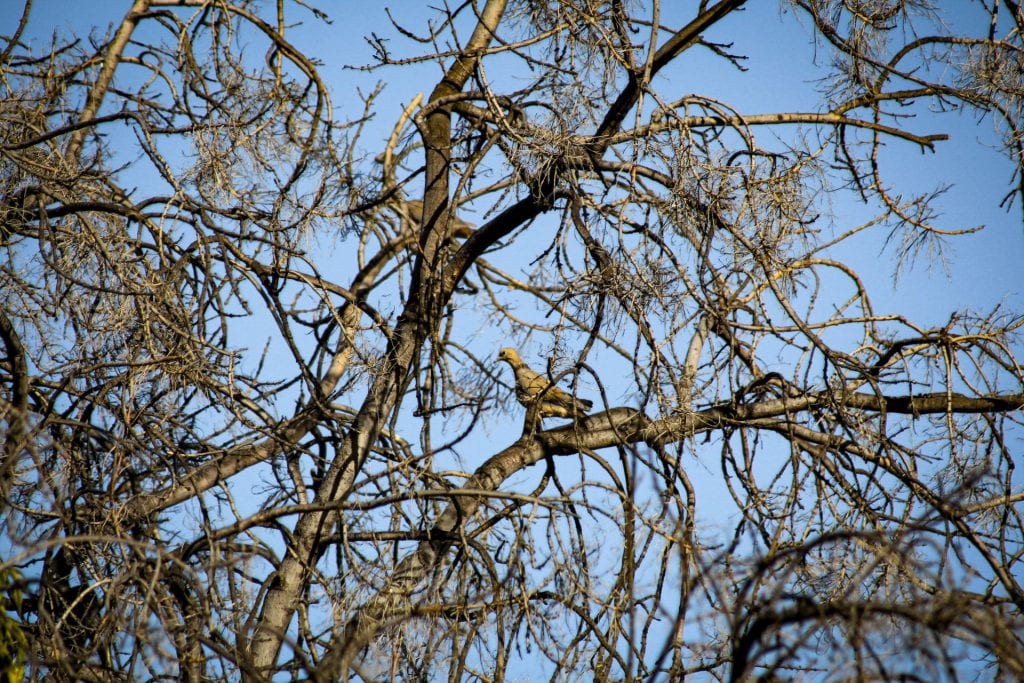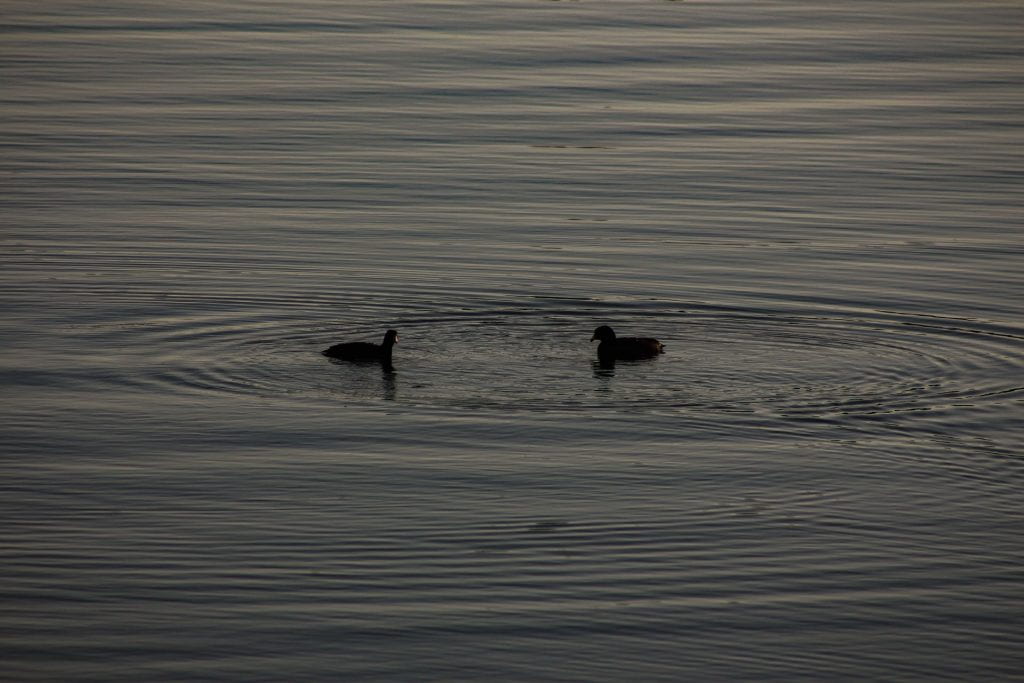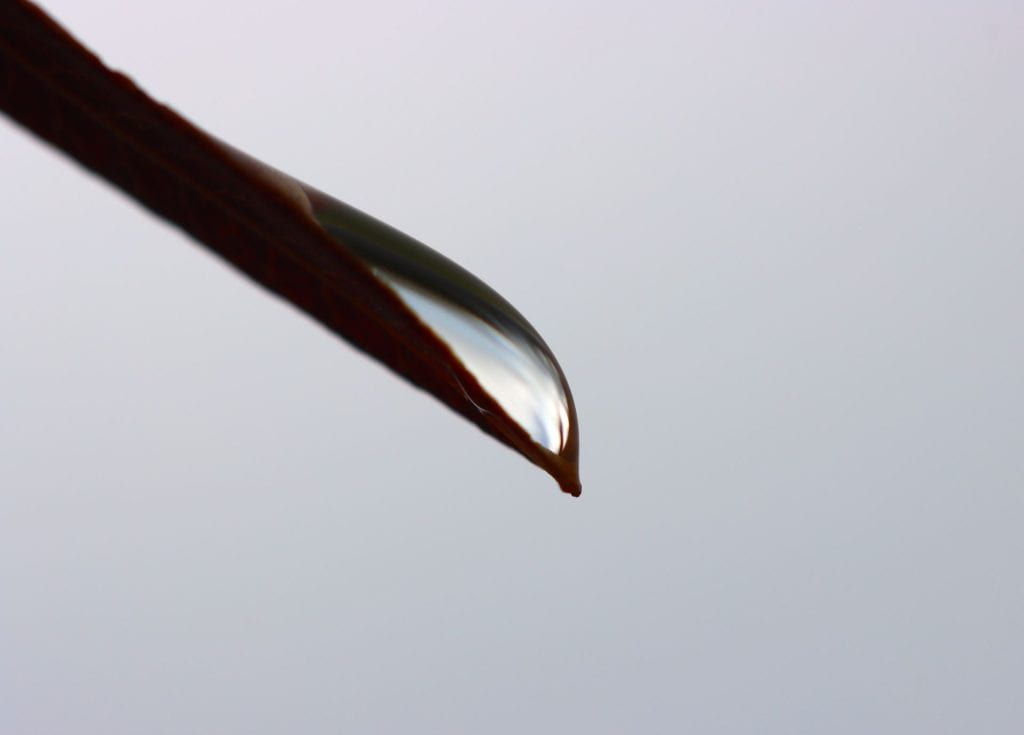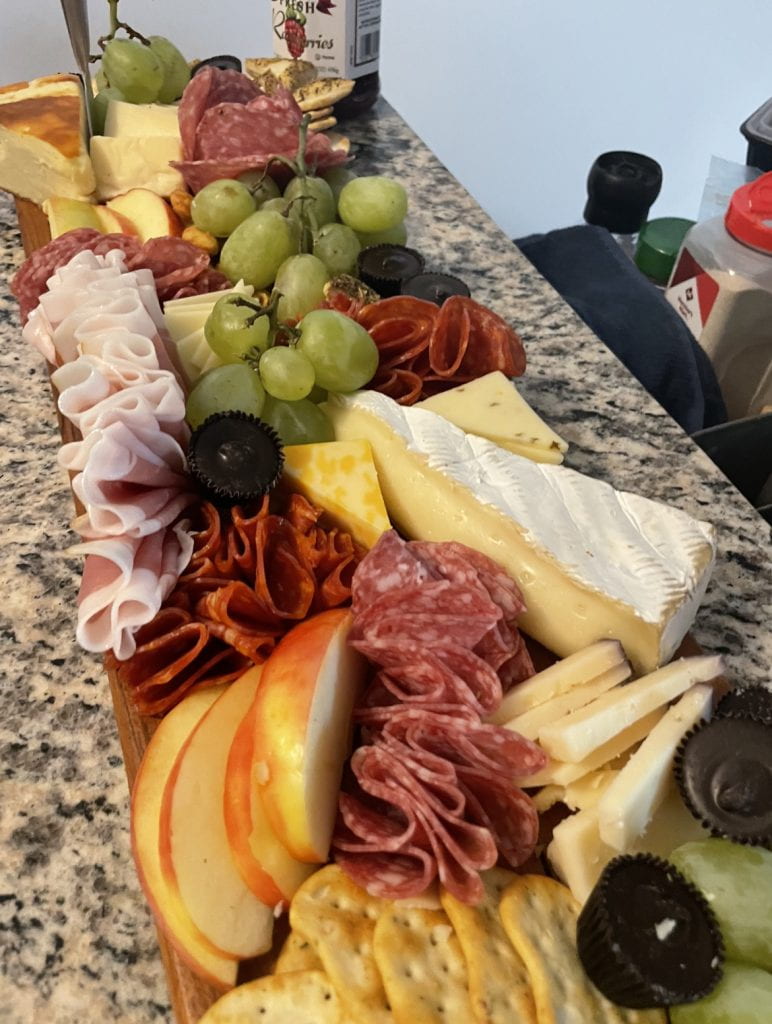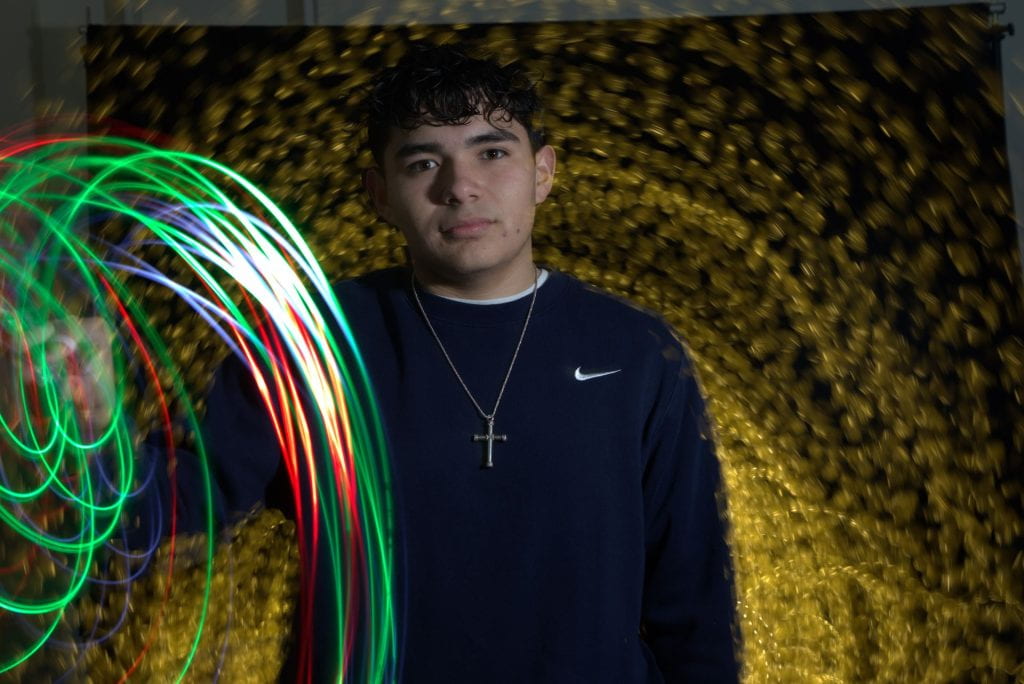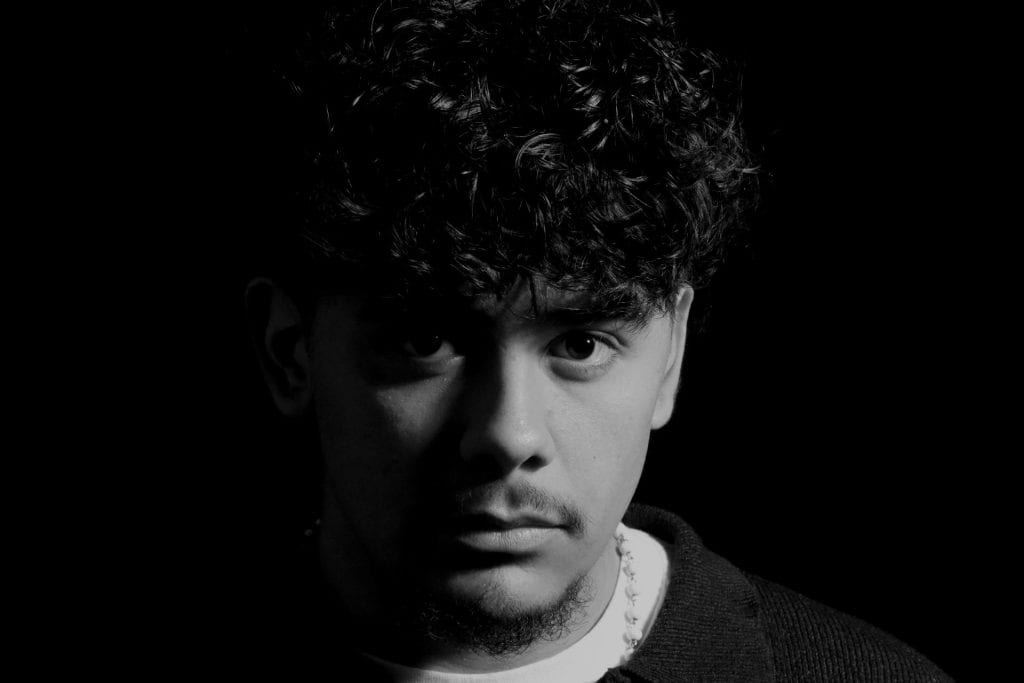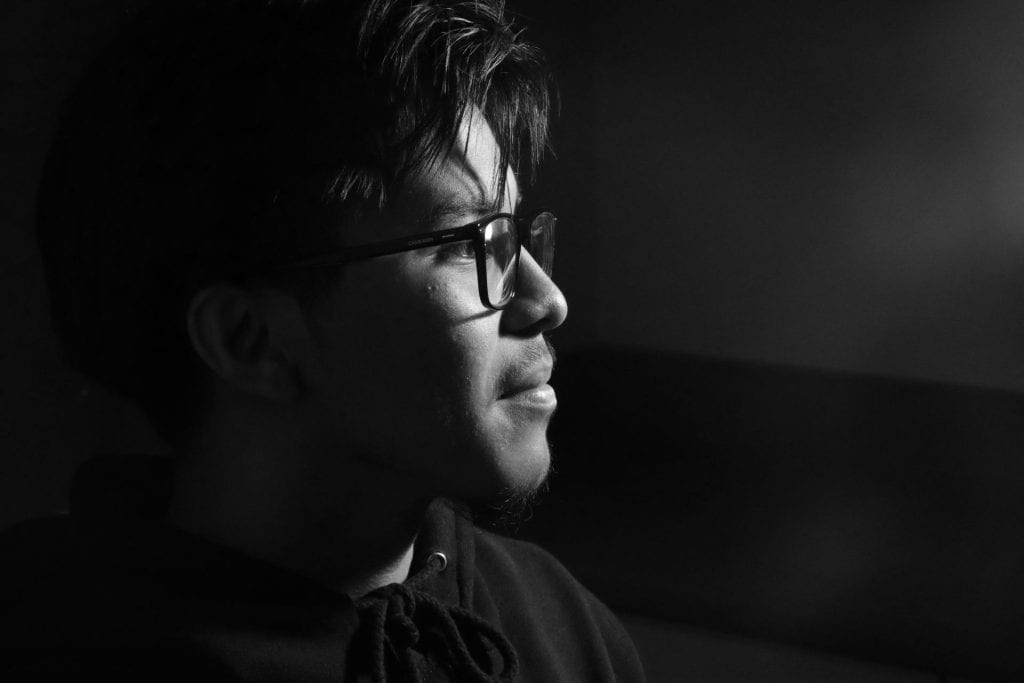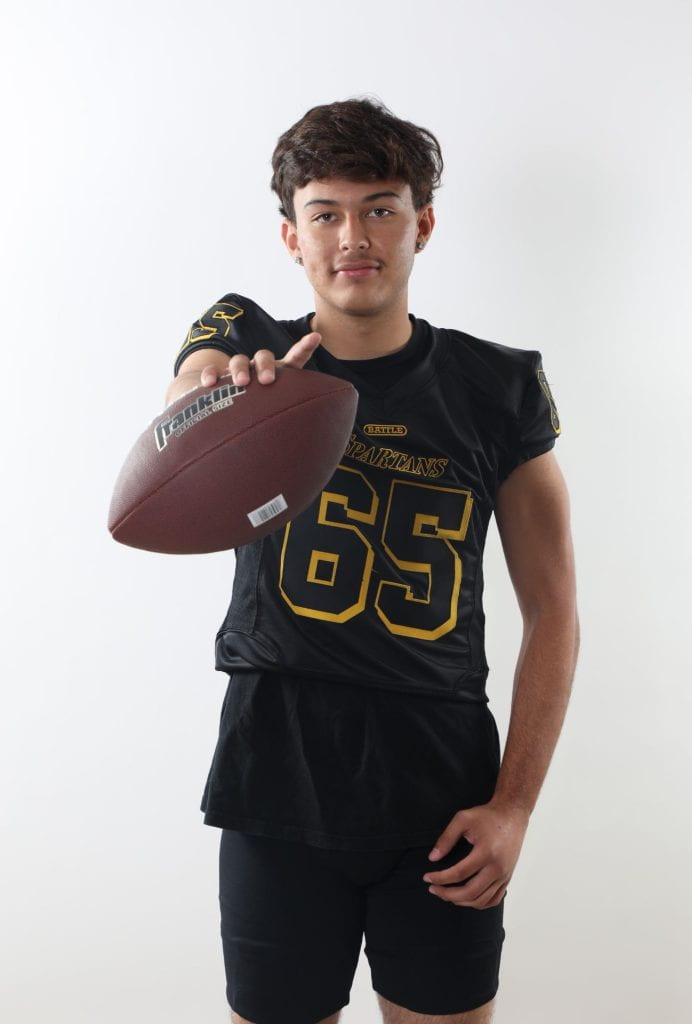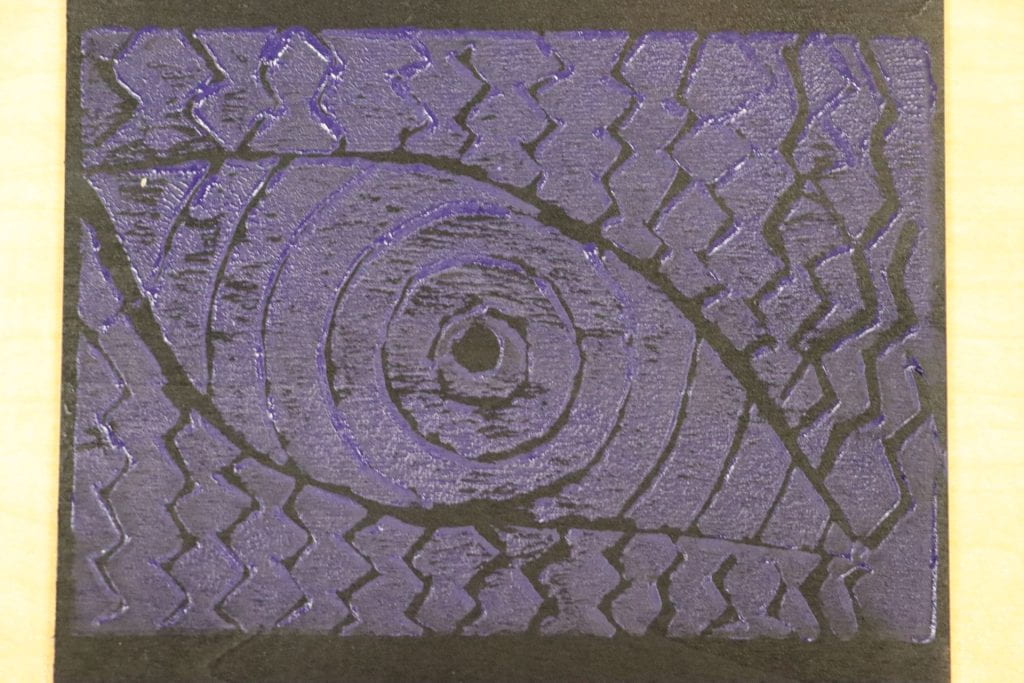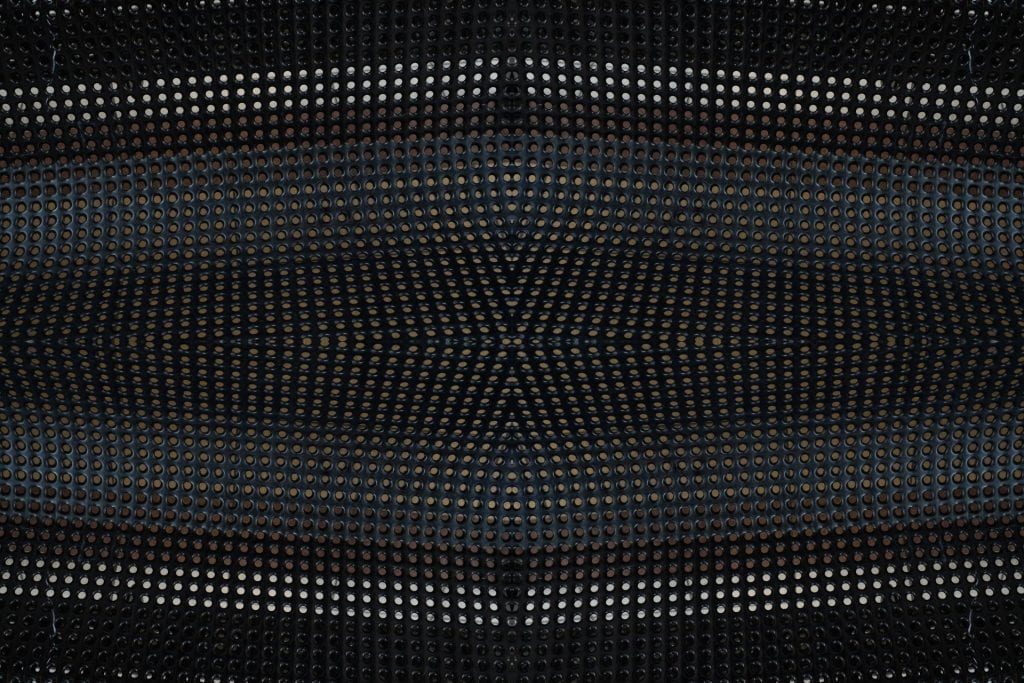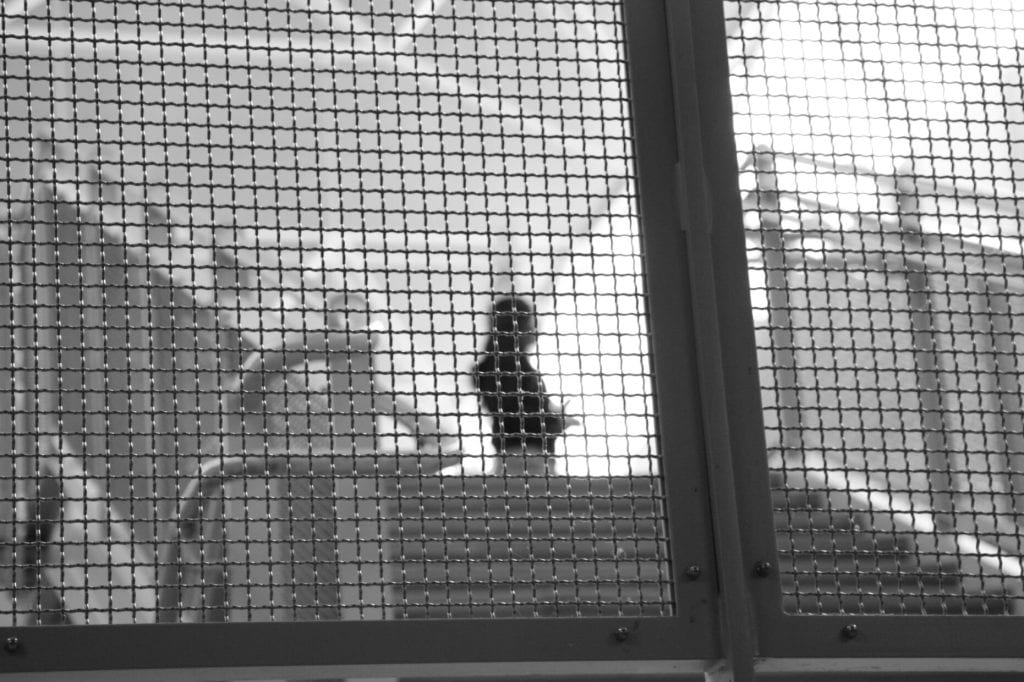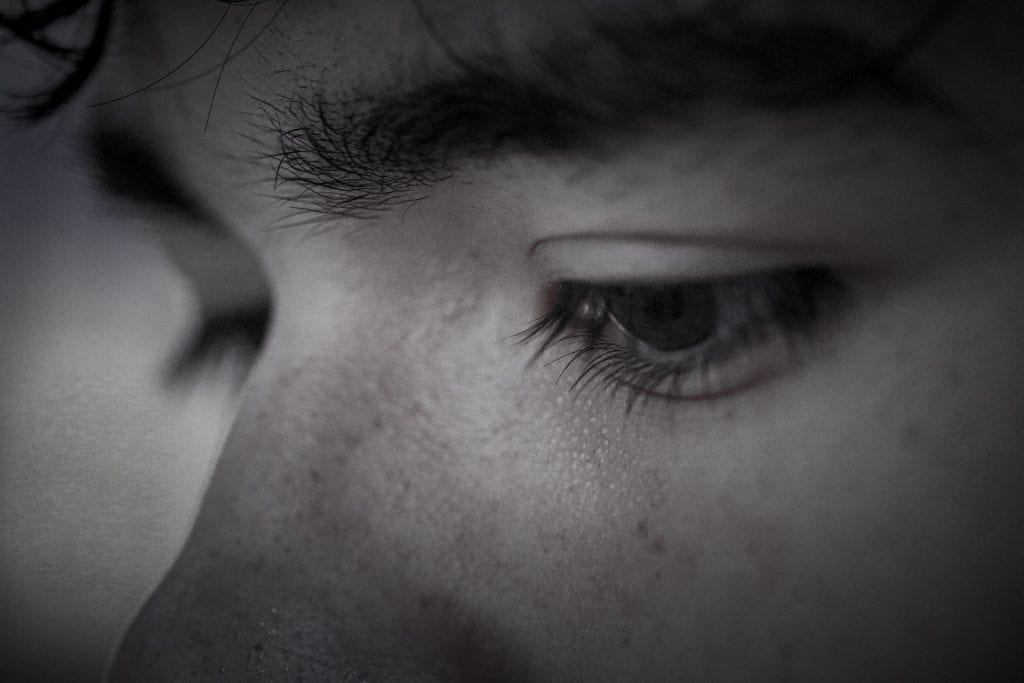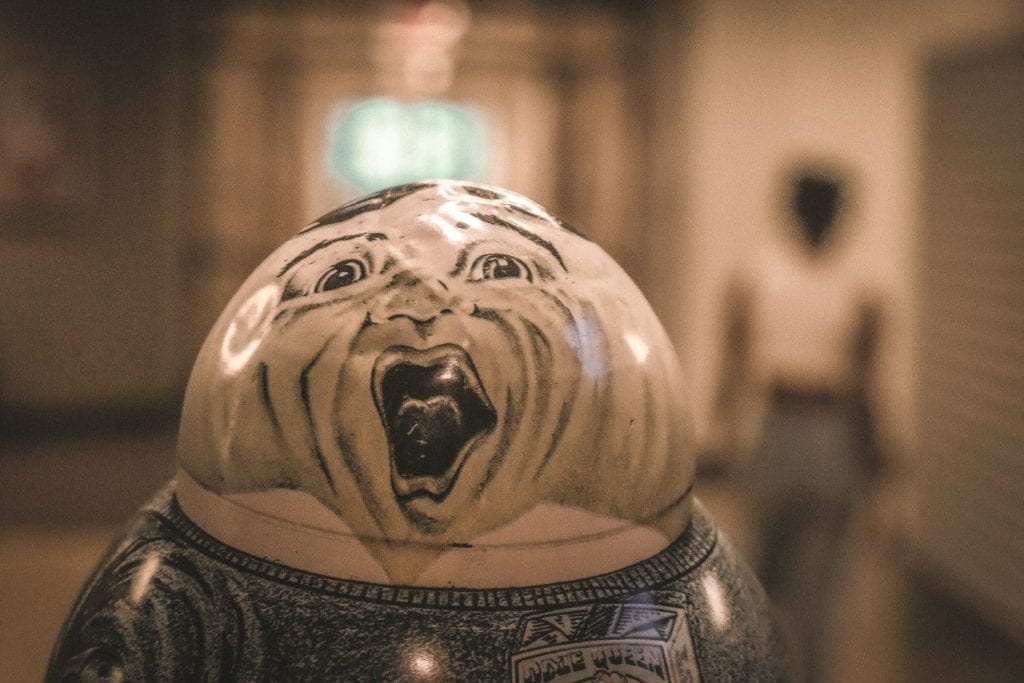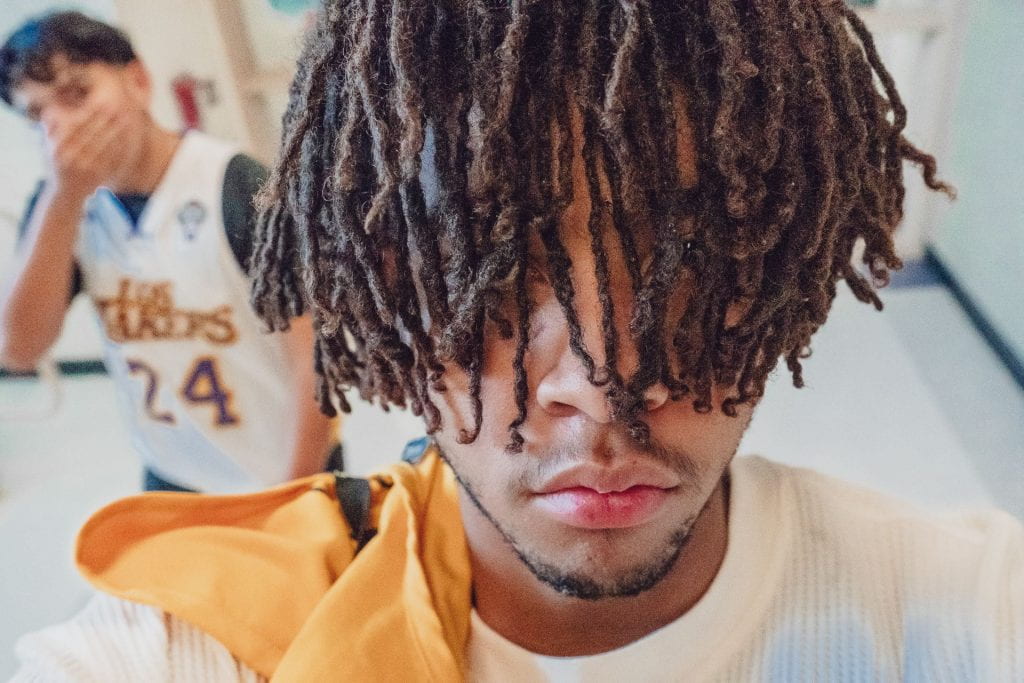Business Photography
With regards to promoting as an expert picture taker, it’s vital to grandstand your work through different channels like online entertainment, a site, or in any event, teaming up with neighborhood organizations or powerhouses. Concerning evaluating, it relies upon factors like your experience, area, and the kind of photography you offer. Making a field-tested strategy can assist you with deciding your expenses, target market, and upper hands. In an agreement, you would commonly incorporate subtleties like the extent of work, installment terms, conveyance timetable, use privileges, and wiping out strategies.
new photo
artist statment
graduation cover
fashion
AI WRITING
In my opinion, the effective use of AI in photography lies in its ability to enhance and streamline the creative process. AI-powered tools can assist photographers in tasks such as image editing, organization, and even composition, allowing them to focus more on their artistic vision and less on the technical aspects. Additionally, AI can help democratize photography by making advanced editing techniques accessible to a wider audience, enabling amateurs to achieve professional-looking results.
However, it’s essential to use AI in photography ethically and responsibly. This means being transparent about the use of AI in image editing, ensuring that the final images are a true representation of reality, and respecting the privacy rights of individuals. By using AI in a thoughtful and considerate manner, photographers can leverage its power to create stunning visuals while upholding the integrity and authenticity of their work.
recreation photo
WRITING ESSAY
Photojournalism is an exciting field that combines photography and journalism. It involves capturing powerful images to tell stories and convey news. Many photojournalists start by studying photography or journalism in college. Some also pursue specific photojournalism programs or workshops to enhance their skills. Photojournalists’ salaries can vary depending on factors like experience, location, and the organization they work for. On average, they can earn around $40,000 to $70,000 per year.
As a photojournalist, you’ll be responsible for capturing compelling images that tell a story. This may involve covering news events, documenting social issues, or capturing moments of cultural significance. Photojournalism offers opportunities for growth and advancement. With experience, you can take on more challenging assignments, work for prestigious publications, or even become a photo editor or director. Some pros of photojournalism include the ability to make a visual impact, the opportunity to tell important stories, and the chance to travel and experience different cultures. However, it can be demanding and emotionally challenging at times, as you may witness difficult situations and have tight deadlines.
hand and face
vdieos
- Takashi Yasui is a talented photographer who captures the beauty of everyday life in Japan. His photos have a serene quality that really draws you in. One interesting thing about his story is how he uses light and shadows to create stunning compositions. His work often showcases the unique blend of tradition and modernity in Japan. Takashi’s photographs have a way of transporting you to the streets of Tokyo or the serene countryside.
- Dylan Furst is a talented photographer known for his captivating nature shots. He’s got a unique style that really brings out the beauty of the outdoors. One interesting thing about his story is how he started as a hobbyist and turned his passion into a successful career. His photos often feature stunning landscapes and wildlife, making you feel like your there in that moment.
body scape
touch
TIME
valentines card
make up photos
micro
food
Light port
screen printing Reasearch
- Creating a design and a stencil on a mesh screen
- Preparing the surface to be printed on, such as paper, fabric, metal, wood, or plastic
- Exposing the screen to light to harden the emulsion and create the stencil
- Washing off the excess emulsion and drying the screen
- Lowering the screen onto the surface and pressing the ink through the stencil with a squeegee
- Drying, checking, and finishing the printed product
- Andy Warhol
- Roy Lichtenstein Embed
- Peter Blake Embed
- Laurie Hastings
- Clare Halifax
- Charlie Barton
- Alice Pattullo
- Chuck Sperry
GEORGIA O’KEEFE ILLUSTRATION
low-key portraits
Self portrait with blended
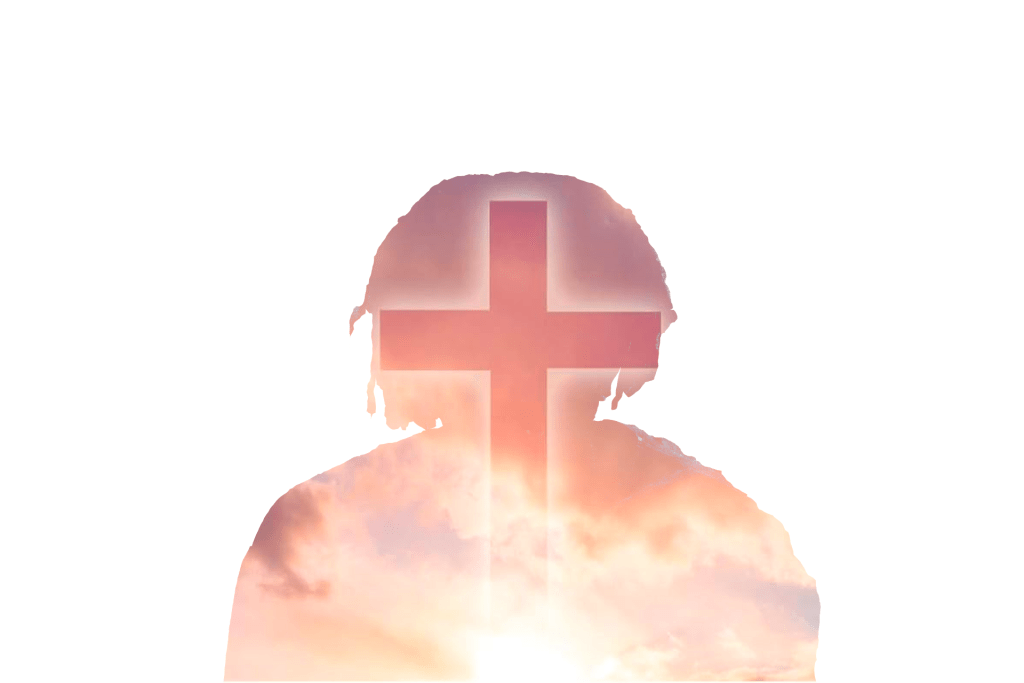
- Which photography related career(s) are you most interested in?
Advertising Marketing, Camera Operator, Studio Assistant.
- After doing some research on the career, what are some of the job responsibilities?
They work with camera operators or camera supervisors, helping with the photography of a TV program in any way necessary. This can include labelling tape and materials as they’re used, setting up camera rigs or making teas and coffees for the rest of the camera team.
- What is the basic salary (in the location you would like to live in)?
$48,753-72071
- Studio asstant: 9$ and hour. Cinematographer: $45,219 a year.I think being a studio assistant is a cool job and I’ve always been interested in cinematography
- Bachelor’s degree in a related field for studio assistant, and strong leadership, communication, and interpersonal skills for a cinematographer.
book thing
paint thing
indeed job search
- One job I found which I would be interested in is a Vehicle Photographer. To qualify you must have a diploma and a drivers license which are two things I don’t have yet. For this job you need to be able to sit and stand for prolonged periods of time. You also need to have good vision close and far. I would want this job because I personally really like cars and photographing them would be cool.
- The second job is a Curator of Photography. To qualify you need to have MA in art or history with experience in working with a museum for a minimum of 5 years. You need to be able to develop and collaboratively project manage exhibitions at all levels. You also need to show lots of leadership skills. I would want to work here because working in a environment like this and having the responsibilities to do cool things like this sound very interesting and engaging.
- My final job which interest me is a Social Media Content Creator. To qualify for this position all you really need is to know how to run a business social media account and know how to record the brand and make it appealing to customers. This job will need me to know how to de deep google analytics to discover new trends to attract consumers. I also need to know how to use adobe photoshop to edit pictures and photographs. I would like to work in this position because I enjoy editing photos and posting to social media so I can just do that but for another company and for money.
shopping spree
- Sony a7 IV Mirrorless Camera with 24-105mm Lens and Accessories Kit: $3,496 Expand Flexible Spot employs neighboring focus points to retain focus on moving subjects even if the originally selected point loses focus.
- Sony FE 16-35mm f/2.8 GM II Lens (Sony E): $2,298 Master zoom lenses with its latest wide-angle offering for video and stills shooters, which boasts a variety of optical, focusing, and handling upgrades.
- Manfrotto Befree Advanced Carbon Fiber Travel Tripod with 494 Ball Head (Twist Locks, Black) : $239 support option that can serve as a convenient travel companion for professional photographers and passionate hobbyists alike
- Sony NP-FZ100 Rechargeable Lithium-Ion Battery (2280mAh) : $78 high-capacity Z-series power source for select digital cameras
- Godox V1 Flash for Sony: $259 Offering a powerful 76Ws output along with a distinct design
- HP 16″ ZBook Studio G9 Mobile Workstation Wolf Pro Security Edition: $1649 Take your work with you out on the road and gives you all that you need to edit photos and videos
- Sony MRW-G2 CFexpress Type A/SD Memory Card Reader $118 Fast transfer speeds and allows you to move data over USB 3.1 Gen 2 for post-production editing and file storage.
- Sony FE 70-200mm f/2.8 GM OSS II Lens: $2798 takes the classic fast zoom and elevates performance to a whole new level.
Andrew Frias
block printing
collage
File Formats Explained
JPEG is a commonly used method of lossy compression for digital images, particularly for those images produced by digital photography. PNG means they’re built using a fixed number of color pixels, rather than the mathematical algorithms used in vector files. TIFF file extension is a tagged image file. This type of file is used for high-quality raster type graphics. GIFs, unlike other image formats, are frequently animated. A RAW file is the uncompressed and unprocessed image data captured by a digital camera or scanner’s sensors.
Raw shows more shades of colors and better representation of white balance, contrast, exposure etc. A TIFF file, similar to a RAW file, is extremely large. In addition, you can’t display images on the Internet using this format. Gif Web designers and graphic artists also often use them to create sharp-eyed line artworks such as simple logos and banners. JPEG is the most common file type which can be used online or for hard prints. PNG is the format supports lossless data compression, which means a lot of information is retained when you save and reopen your images. PNG files can also be shared on the web.
mirror image
triptych
shallow depth
review Q&A
-
- Aperture: Controls the area from which light enters the camera. Shutter: Controls the duration of the exposure. ISO sensitivity: controls the sensitivity of the camera sensor to a certain amount of light.
- If there is less light, you will need a higher ISO value to compensate. High ISO increases your camera’s sensitivity to light, which is ideal for low-light situations.
- Aperture Priority (A) lets you choose the aperture you want (aka f-stop), but the camera chooses the shutter speed. With Shutter Priority (S), you can choose the shutter speed you want, but the camera chooses the aperture setting.
- some cameras have different automatic modes to help you focus in different situations. You can choose one either from the camera’s settings menu or via a dedicated button
- Another use for light meters is to find which parts of a scene or object are most brightly lit.
- The wide-angle lens offers a wide field of view and allows for more sight. In contrast, a telephoto lens has a narrower field of view
- removes unrealistic color tones, making white objects in your photo.
- The depth of field is the area of acceptable sharpness in front of and behind the subject on which the lens focuses.
- Metering describes the process by which the camera decides to set the correct shutter speed and aperture based on the amount of light the camera can collect
- Exposure compensation is a technique for adjusting the exposure indicated by a photographic exposure meter, taking into account factors that may cause the indicated exposure to result in a less than optimal ima




